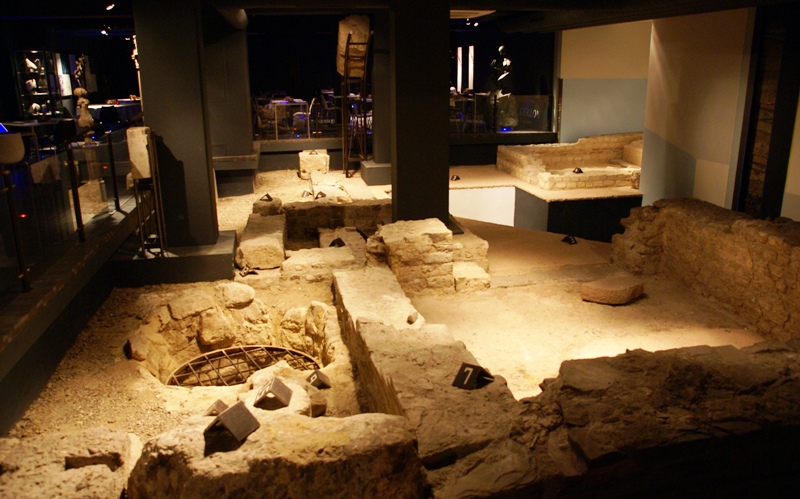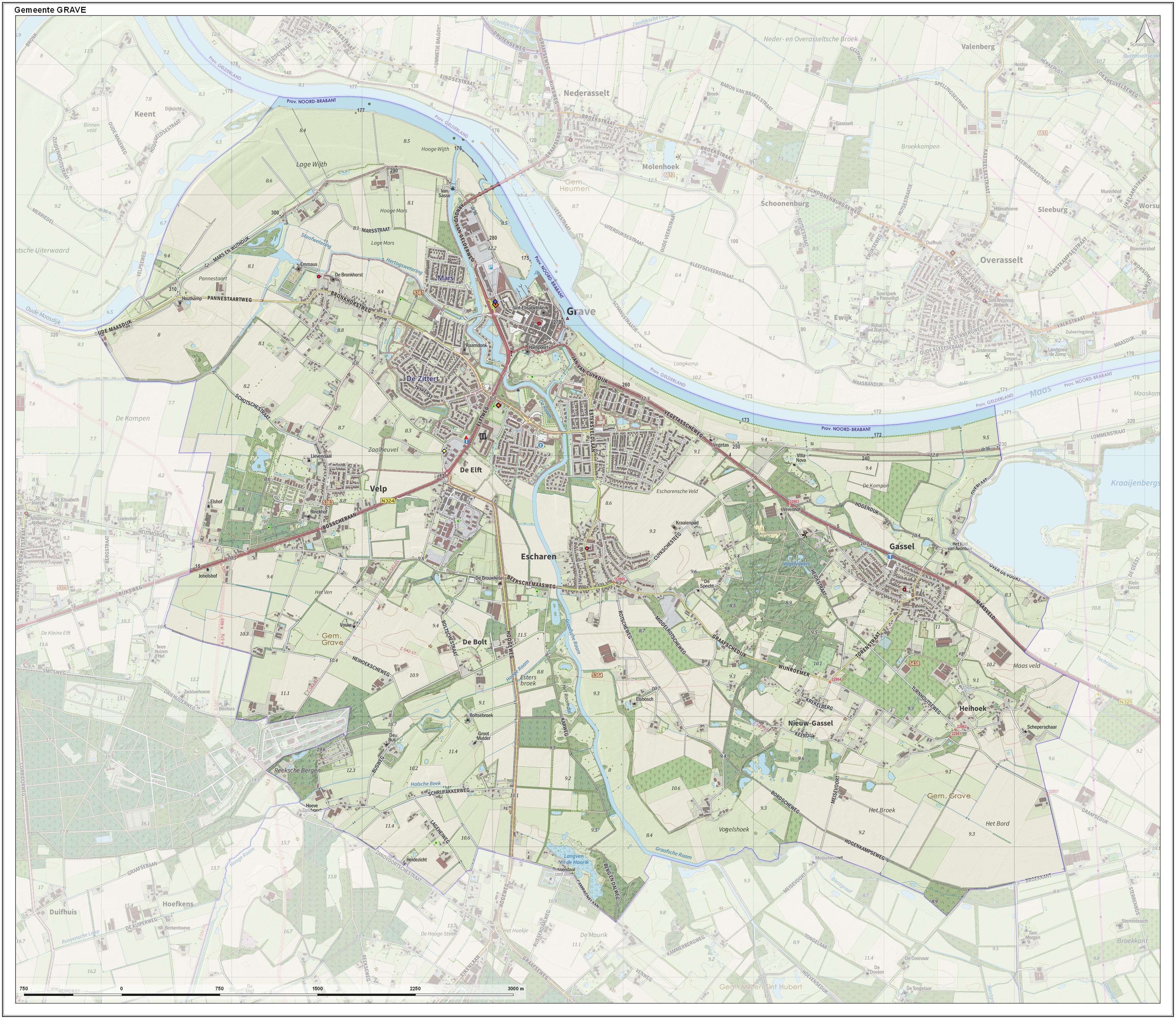|
Albertus Soegijapranata
Albertus Soegijapranata, SJ (Indonesian: ; Perfected Spelling: Albertus Sugiyapranata; 25 November 1896 – 22 July 1963), better known by his birth name Soegija, was a Jesuit priest who became the Apostolic Vicar of Semarang and later its archbishop. He was the first native Indonesian bishop and known for his pro-nationalistic stance, often expressed as "100% Catholic 100% Indonesian". Soegija was born in Surakarta, Dutch East Indies, to a Muslim courtier and his wife. The family moved to nearby Yogyakarta when Soegija was still young; there he began his education. Known as a bright child, around 1909 he was asked by Father Frans van Lith to enter Xaverius College, a Jesuit school in Muntilan, where Soegija slowly became interested in Catholicism. He was baptised on 24 December 1910. After graduating from Xaverius in 1915 and spending a year as a teacher there, Soegija spent two years at the on-site seminary before going to the Netherlands in 1919. He began his two-year ... [...More Info...] [...Related Items...] OR: [Wikipedia] [Google] [Baidu] |
Indonesian Name
Indonesian names and naming customs reflect the multicultural and multilingual nature of the over 17,000 islands in the Indonesian archipelago. The world's fourth most populous nation, Indonesia is home to more than 1300 ethnic groups, each with their own culture, custom, and language. The Javanese are the largest single group, comprising around 40 percent of Indonesia's total population. Honorifics General In Indonesia, ranks and professional titles are used. It is also customary to use ''Pak'', ''Bapak'', or ''Saudara'' to address men and ''Bu'', ''Ibu'', or ''Saudari'' to address women. ''Pak'' and ''Bapak'' are literally translated as "father". ''Bapak'' is more formal and is used much like the English word, "sir". ''Saudara'' (for men) or ''Saudari'' (for women) is another term of greater respect and formality. It translates to "kinsman", "lady", or "gentleman". ''Ibu'' is literally translated as "mother". It is used as "ma'am" or "lady" would be in English. If addressing ... [...More Info...] [...Related Items...] OR: [Wikipedia] [Google] [Baidu] |
Native Indonesian
Native Indonesians, also known as ''Pribumi'' (), are Indonesians whose ancestral roots lie mainly in the archipelago, distinguished from Indonesians of known (partial) foreign descent, like Chinese Indonesians (Tionghoa), Arab Indonesians, Indian Indonesians and Indo people, Indo-Europeans (Eurasians). Etymology and historical context The term was popularized after Indonesian independence as a respectful replacement for the Dutch colonial term (normally translated as "native" and seen as derogatory). It derives from Sanskrit terms ''pri'' (before) and ''bhumi'' (earth). Before independence the term (Malay language, Malay: son of the soil) was more commonly used as an equivalent term to ''pribumi''. Following independence, the term was normally used to distinguish indigenous Indonesians from citizens of foreign descent (especially Chinese Indonesians). Common usage distinguished between ''pribumi'' and ''non-pribumi''. Although the term is sometimes translated as "indigenou ... [...More Info...] [...Related Items...] OR: [Wikipedia] [Google] [Baidu] |
Bintaran
Bintaran () is a village in Wirogunan, Mergangsan, Yogyakarta, Indonesia. The area is known for its Dutch-Javanese architecture. It was formerly a Catholic settlement. History Before evolving into an Indisch settlement, Bintaran was known as the location of Ndalem Mandara Giri, a palace of Prince Haryo Bintoro, one of the descendant of Ngayogyakarta Hadiningrat. The name Bintaran is derived from the name of the prince. During the 1930s, the location grows as an Indisch settlement when a church and civic buildings were constructed. At that time, Bintaran was an alternative settlement region for the Dutch people in Yogyakarta which evolved after Loji Kecil area was not adequate anymore. Dutch people who resided in Bintaran were usually officers or sugar factory workers. Sights Buildings in Bintaran are fusion of Javanese-Dutch style with thick white walls, tall main door and tall windows. The area has a distinct style which makes it different with buildings in Loji Kecil or Kota B ... [...More Info...] [...Related Items...] OR: [Wikipedia] [Google] [Baidu] |
Roman Catholic Diocese Of Roermond
The Roman Catholic Diocese of Roermond is a diocese of the Latin Church of the Catholic Church, located in the Netherlands. The diocese is one of the seven suffragan dioceses in the ecclesiastical province of the Metropolitan Roman Catholic Archdiocese of Utrecht, Archbishop of Utrecht. The territory of the diocese covers the Province of Limburg (Netherlands), Limburg. Its cathedral episcopal see is the St. Christopher's Cathedral, Roermond, Cathedral of St. Christopher in Roermond. Its main pilgrimage sites are and Valkenburg (South Holland), Valkenburg. The Dean (Christianity), Dean of Roermond is responsible for the parishes in that city and a few other municipalities in the diocese. History Originally established on 12 May 1559, on territories split off from the Roman Catholic Archdiocese of Cologne, Metropolitan Archdiocese of Cologne (Keulen, now in Germany) and Roman Catholic Diocese of Liège, Diocese of Liège (Luik, now in Belgium). During the Napoleonic era, on 1 ... [...More Info...] [...Related Items...] OR: [Wikipedia] [Google] [Baidu] |
Ordination
Ordination is the process by which individuals are Consecration, consecrated, that is, set apart and elevated from the laity class to the clergy, who are thus then authorization, authorized (usually by the religious denomination, denominational hierarchy composed of other clergy) to perform various religious Ritual, rites and ceremonies. The process and ceremonies of ordination vary by religion and Religious denomination, denomination. One who is in preparation for, or who is undergoing the process of ordination is sometimes called an ordinand. The liturgy used at an ordination is sometimes referred to as an ordination. Christianity Roman Catholic, Orthodox, Lutheran and Anglican churches In Roman Catholicism and Orthodoxy, ordination is one of the seven sacraments, variously called holy orders or ''Christian laying on of hands, cheirotonia'' ("Laying on of Hands"). Apostolic succession is considered an essential and necessary concept for ordination in the Catholic, Orthodo ... [...More Info...] [...Related Items...] OR: [Wikipedia] [Google] [Baidu] |
Maastricht
Maastricht ( , , ; li, Mestreech ; french: Maestricht ; es, Mastrique ) is a city and a municipality in the southeastern Netherlands. It is the capital and largest city of the province of Limburg. Maastricht is located on both sides of the Meuse ( nl, Maas), at the point where the Jeker joins it. Mount Saint Peter (''Sint-Pietersberg'') is largely situated within the city's municipal borders. Maastricht is about 175 km south east of the capital Amsterdam and 65 km from Eindhoven; it is adjacent to the border with Belgium and is part of the Meuse-Rhine Euroregion, an international metropolis with a population of about 3.9 million, which includes the nearby German and Belgian cities of Aachen, Liège and Hasselt. Maastricht developed from a Roman settlement (''Trajectum ad Mosam'') to a medieval religious centre. In the 16th century it became a garrison town and in the 19th century an early industrial centre. Today, the city is a thriving cultural and regional hub. It beca ... [...More Info...] [...Related Items...] OR: [Wikipedia] [Google] [Baidu] |
Oudenbosch
Oudenbosch () is a town in the municipality of Halderberge in the west of the Dutch province of North Brabant. Oudenbosch is well known for its 'Basiliek', a Catholic church that is a smaller copy of St. Peter's Basilica in Rome. History The village was first mentioned in 1275 as "silvam que vocatur Barlebosche", and means "old forest". The forest was cultivated from 1275 onwards by the monks of the Cistercian abbey of St Bernard near Antwerp. Ouden (old) was added to distinguish from Nieuwenbosch, a village which was lost in the St. Elizabeth's flood of 1421. Oudenbosch was located at an intersection of land and waterways which stimulated its development. In 1837, the monastery boarding school St Anna was founded, and Oudenbosch became a Catholic centre. Oudenbosch was home to 1,945 people in 1840. In 1862, the first sugar factory was built in Oudenbosch, and it became a centre of the sugar industry. The Oudenbosch Basilica was built between 1865 and 1880 as a replacement of ... [...More Info...] [...Related Items...] OR: [Wikipedia] [Google] [Baidu] |
Grave, North Brabant
Grave (; formerly ''De Graaf'') is a city and former municipality in the Dutch province of North Brabant. The former municipality had a population of in . Grave is a member of the Dutch Association of Fortified Cities. The former municipality included the following towns : Grave (capital), Velp, Escharen and Gassel. Grave, Boxmeer, Cuijk, Mill en Sint Hubert, and Sint Anthonis merged into the new municipality of Land van Cuijk on 1 January 2022. History Grave received city rights in 1233. The former municipality of Grave was formed in the Napoleonic era (1810) and coincided with the fortified Grave and immediate surroundings. The history of the town was thus linked to that of the place. This changed in 1942. Then there was a reclassification place where the municipality Grave was expanded with the previously independent municipalities Velp and Escharen. Moreover, in 1994 the neighboring municipality of Beers was abolished and a part thereof, the parish Gassel, wa ... [...More Info...] [...Related Items...] OR: [Wikipedia] [Google] [Baidu] |
Novitiate
The novitiate, also called the noviciate, is the period of training and preparation that a Christian ''novice'' (or ''prospective'') monastic, apostolic, or member of a religious order undergoes prior to taking vows in order to discern whether they are called to vowed religious life. It often includes times of intense study, prayer, living in community, studying the vowed life, deepening one's relationship with God, and deepening one's self-awareness. The canonical time of the novitiate is one year; in case of additional length, it must not be extended over two years.CIC, canon 648 In the Eastern Orthodox Church, the novitiate is officially set at three years before one may be tonsured a monk or nun, though this requirement may be waived. The novitiate is in any case a time both for the novice to get to know the community and the community to get to know the novice. The novice should aspire to deepening their relationship to God and discovering the community's charism. The novit ... [...More Info...] [...Related Items...] OR: [Wikipedia] [Google] [Baidu] |
Seminary
A seminary, school of theology, theological seminary, or divinity school is an educational institution for educating students (sometimes called ''seminarians'') in scripture, theology, generally to prepare them for ordination to serve as clergy, in academics, or mostly in Christian ministry. The English word is taken from the Latin ''seminarium'', translated as ''seed-bed'', an image taken from the Council of Trent document ''Cum adolescentium aetas'' which called for the first modern seminaries. In the United States, the term is currently used for graduate-level theological institutions, but historically it was used for high schools. History The establishment of seminaries in modern times resulted from Roman Catholic reforms of the Counter-Reformation after the Council of Trent. These Tridentine seminaries placed great emphasis on spiritual formation and personal discipline as well as the study, first of philosophy as a base, and, then, as the final crown, theology. The oldest C ... [...More Info...] [...Related Items...] OR: [Wikipedia] [Google] [Baidu] |
|





